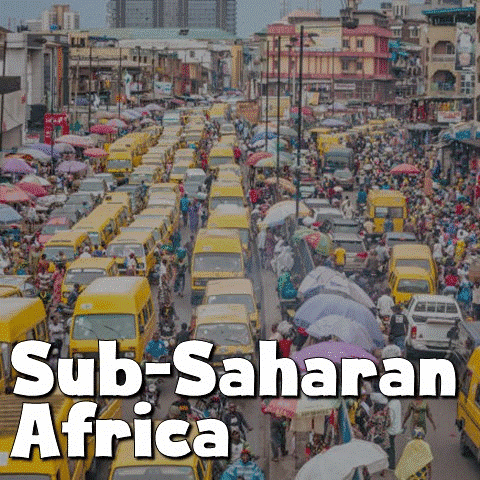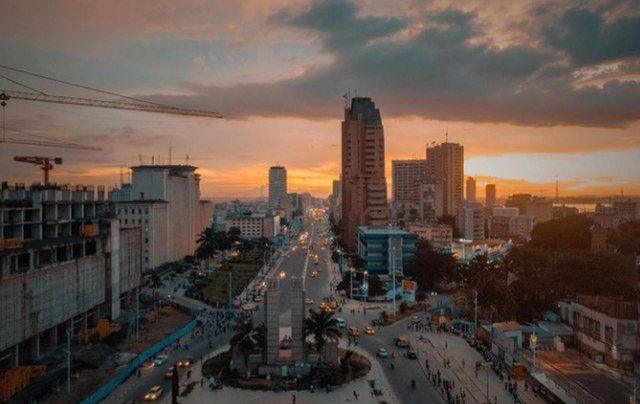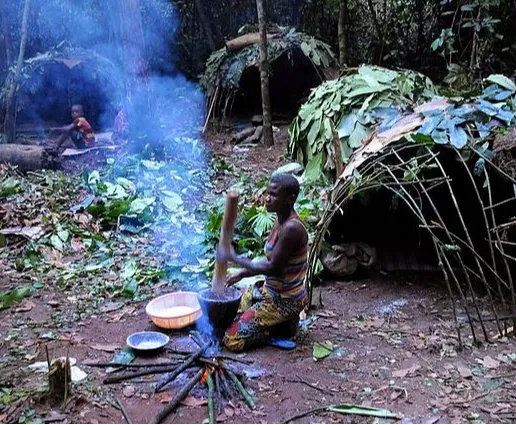Geography of the Congo River and Rainforest

The Congo River and surrounding rainforest are among the most biologically diverse regions in the world. This massive area spans multiple countries in Central Africa, with tropical wilderness and a dense jungle canopy around the river.
The Congo River is the second-longest in Africa after the Nile. It stretches over 2,900 miles, beginning in Zambia’s northeastern highlands. It then flows through the Democratic Republic of the Congo (DRC) and forms its border with the Republic of the Congo (a separate country). It then heads west before emptying into the Atlantic Ocean.
Its river basin is included as part of the Congo Rainforest. This covers about 650,000 square miles and multiple countries, including Cameroon, the Central African Republic, Gabon, Equatorial Guinea, and Angola. It is the second-largest tropical rainforest in the world after the Amazon.
This region has an equatorial or tropical climate, with high temperatures, humidity, and rainfall throughout the year. This supports lush vegetation and diverse flora and fauna.
This jungle provides shelter for creatures like chimpanzees, bonobos, and gorillas - including the eastern gorilla, which is the world's largest primate. Colorful birds such as turacos and hornbills fly through the trees, while forest elephants roam the forest floor. In the rivers, you can find hippos and crocodiles in addition to colorful frogs, snakes, and countless insects.
Human Geography and Culture
The people in the Congo River and Rainforest region live mostly in rural communities. Traditional livelihoods revolve around agriculture, fishing, hunting, and gathering, with communities practicing subsistence farming and relying on the rich natural resources of the rainforest for their survival.
Urban centers include the two capitals of Kinshasa (DRC) and Brazzaville (Republic of the Congo), which sit on opposite sides of the Congo River.

The Congo River and Rainforest region is home to a variety of cultures, languages, and traditions, with diverse ethnic groups coexisting in harmony with the natural environment. Indigenous communities such as the Baka, Mbuti, and Bayaka, have developed unique ways of life, rooted in their deep connection to the land and the river. Traditional beliefs and practices, including animism and ancestor worship, are prevalent among many ethnic groups, alongside the influence of Christianity and Islam introduced through colonialism and trade.
Economy and Politics
The economy of the Congo River and Rainforest region is diverse, with a mix of traditional subsistence activities, natural resource extraction, and emerging industries. Agriculture is a significant contributor to the economy, with crops such as cassava, plantains, and cocoa being cultivated for local consumption and export. Timber extraction, mining, and hydroelectric power generation also play important roles in the regional economy, although issues of environmental sustainability and resource management persist.

The political landscape of the region is characterized by a mix of national governments, regional institutions, and local governance structures. The Democratic Republic of the Congo (DRC) and the Republic of the Congo share the Congo River basin. Each has its own political system and governance challenges. Issues such as corruption, political instability, and armed conflict have hampered development efforts in the region, despite its vast potential and natural wealth.